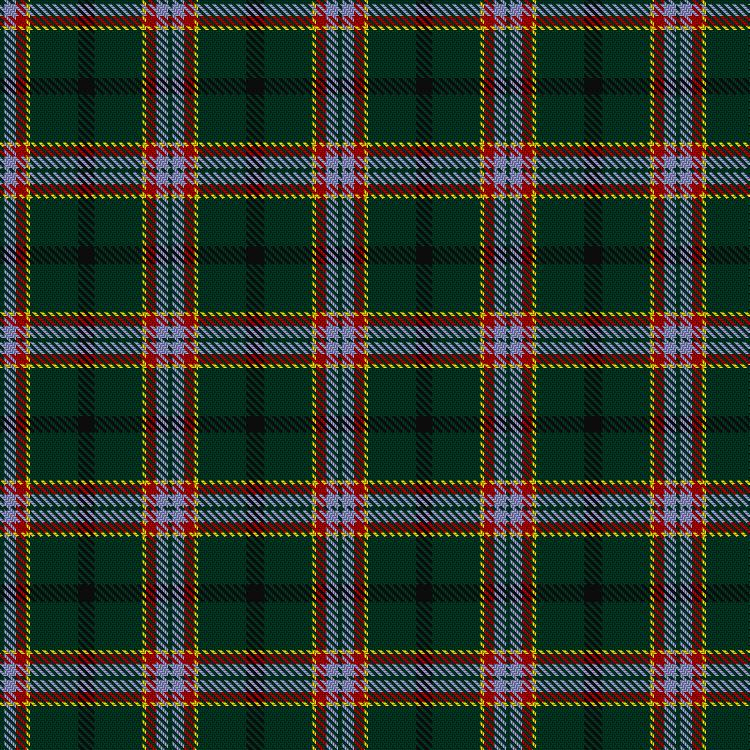There have been several tartans designed for firefighters, mostly for pipe and drum bands associated with fire departments. Sadly, their duties are normally at funeral services.
Here are a few, either universal or local to North Carolina.
Firefighter Memorial Tartan designed by Kelly Stewart, who notes: "Lastly, the three red lines in the middle of each square are 3 red threads, 4 red threads and three red threads - representing the 343 NYFD firefighters who lost their lives on 11th September 2001 - the largest number of firefighters who ever perished in a single day in the history of the United States."
"Designed by Linda Clifford (Scottish & Irish Merchant of Bethel, Maine) and Heather Yellowley of Strathmore Woollen Co., Forfar and represents the firefighters who risk their lives to save others. A portion of the proceeds from the tartan will be donated to the National Fallen Firefighters Foundation (NFFF)."
"The Asheville Firefighters Tartan was designed to be worn by the Asheville Firefighters Pipes and Drums, which was formed in 2010 to honour fallen comrades..."
"Designed by Hannah Slater, Lance Foulk, Joseph Kline & Alexis Malcolm Kilts for the Charlotte Fire Department Pipes and Drums with a black base to represent the Fire Department’s unbroken commitment of service day or night to the city; red represents the fire service; green and gold represent the City of Charlotte, its prosperity and people; blue represents truth and humility; and white represents service and sacrifice."





2 comments:
The "Colquhoun" tartan is said to be the one associated with my maiden name of Kilpatrick. https://kiltexperts.com/products/scottish-traditional-colquhoun-modern-tartan-8-yards-16oz-kilt?currency=USD Purely from an aesthetic point of view, not my favorite.
I don't think the Kilpatricks can have been true Highlanders. The name seems to be Norman French and, to make matters worse, to be associated with Ulstermen. Once they got to Columbia's shores, though, they proved to be pretty classic border-culture sorts.
Yes, 'Kilpatrick' is definitely Norman. However, as I was saying on one of the other posts, the Anglo-Scottish and Anglo-Norman elites were all intermarried; the Normans intermarried with the English elites after the Conquest, and then with the Irish ones after the conquest, and then Scotland and Wales. Colquhoun is centered not in the Highlands, but in the highly strategic narrow region between the Firth of Forth and Clyde. This region was very difficult to pass for most of history (even today the Firth of Forth only has two bridges), both due to the narrowing of the land and the steepness of the rise from the firths occasioned by glacial activity.
Post a Comment